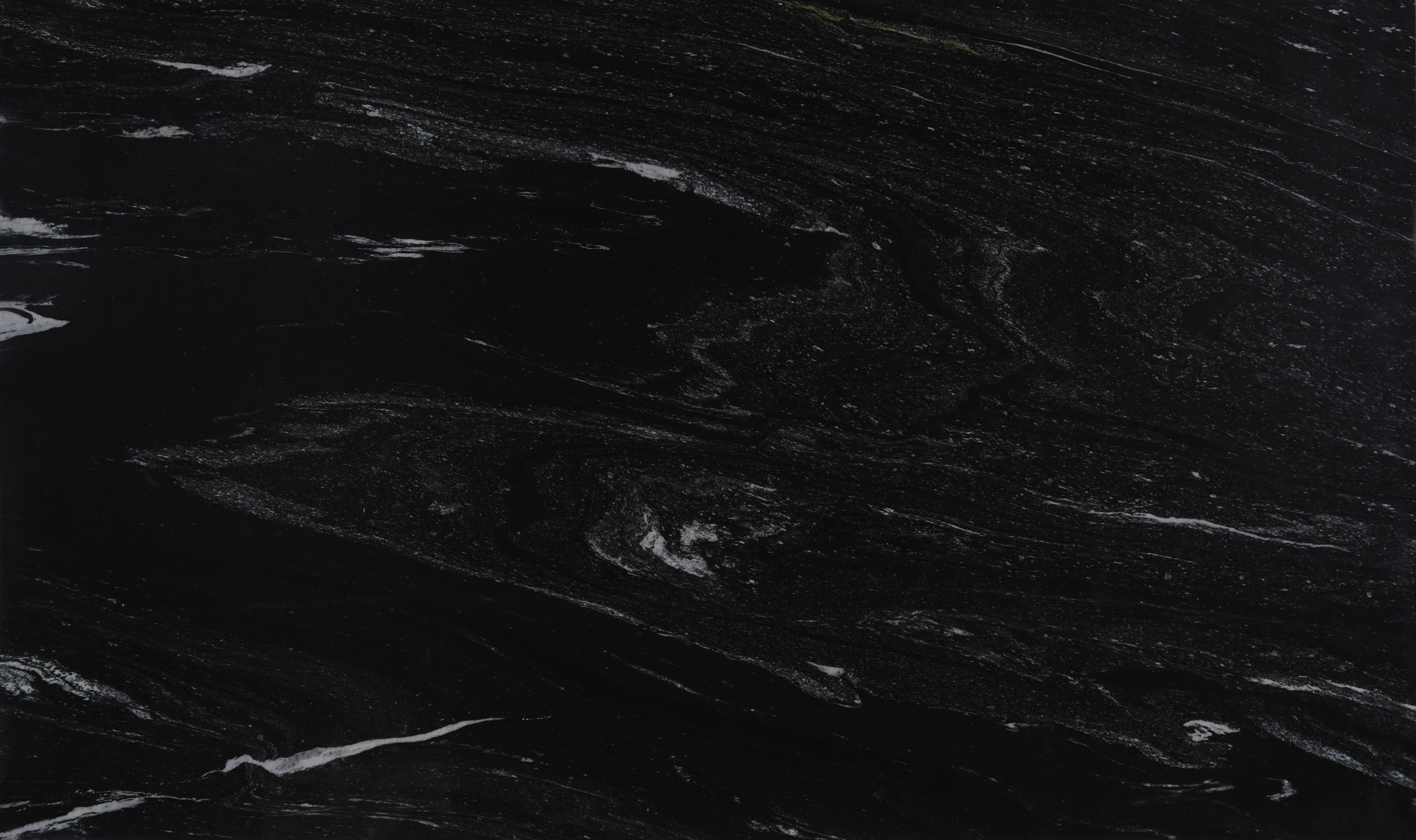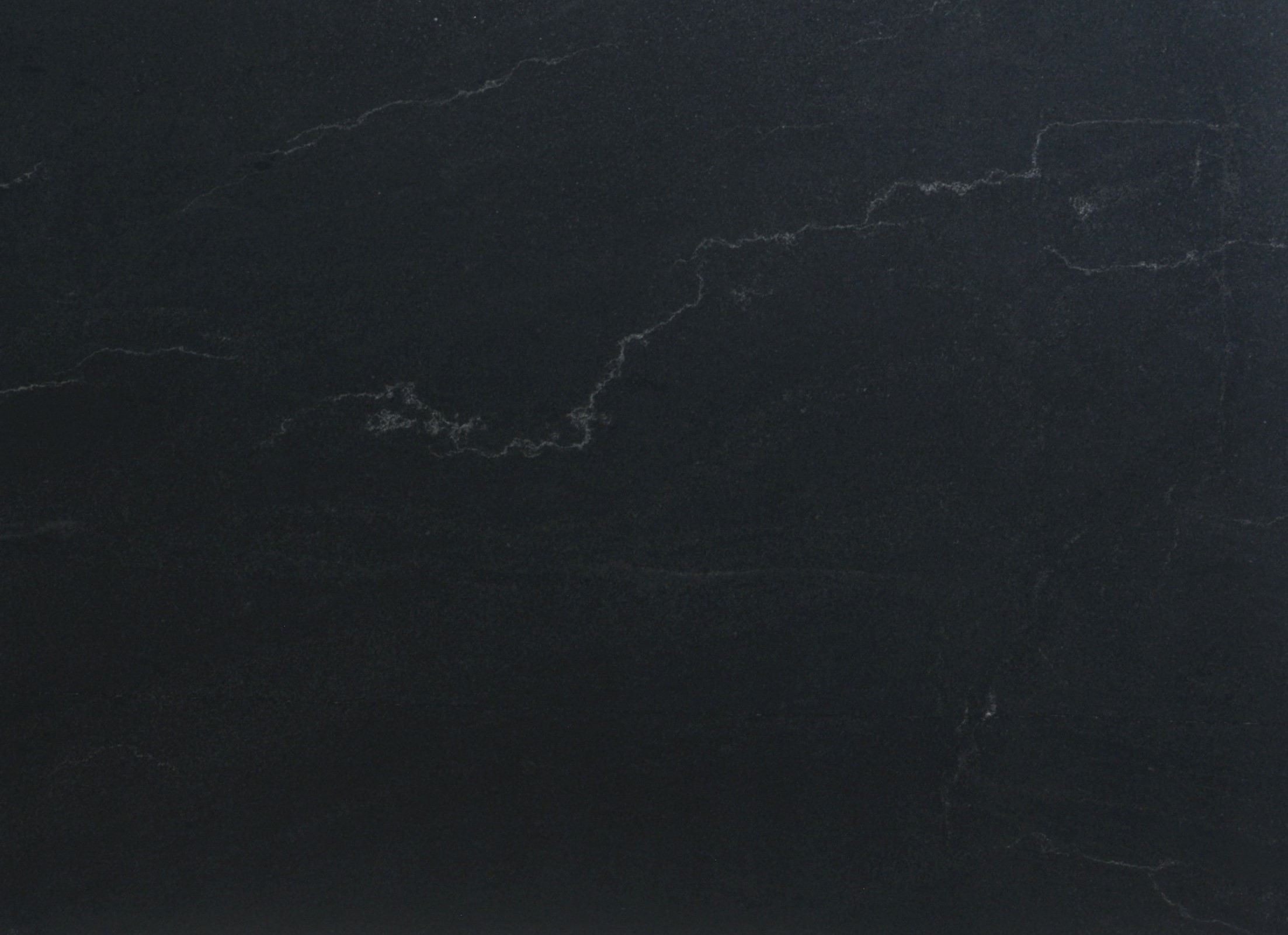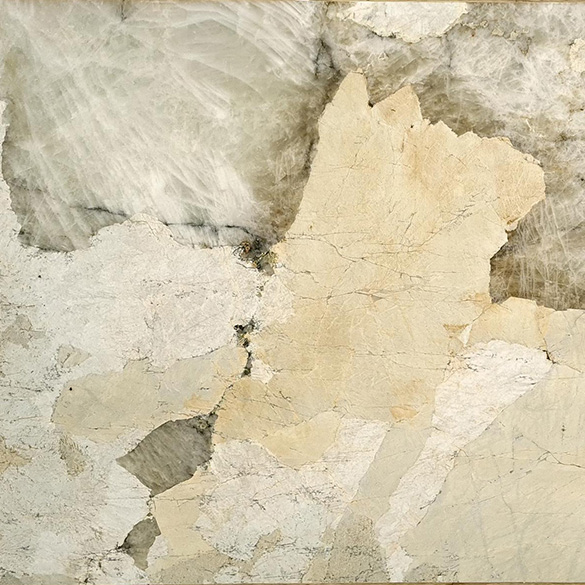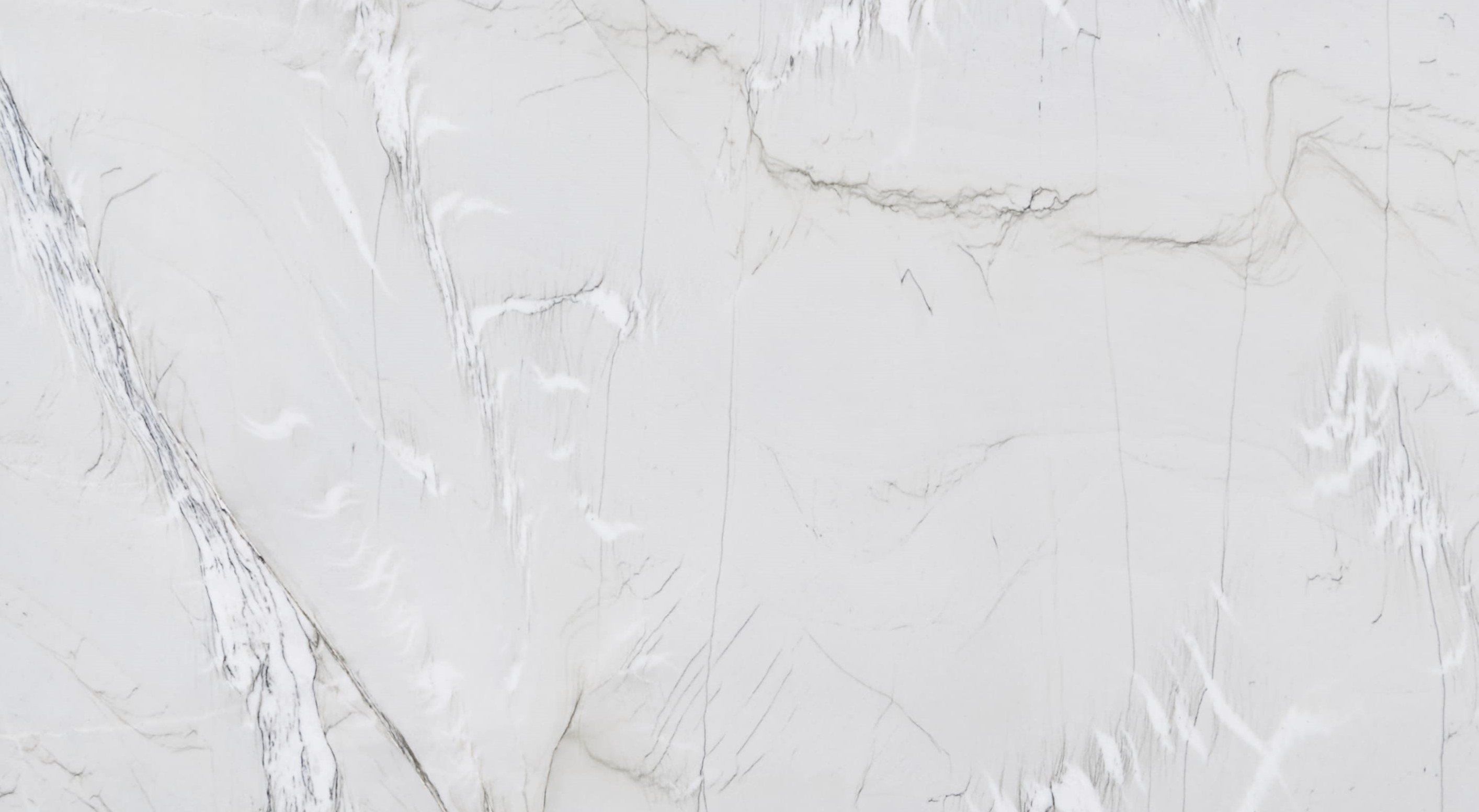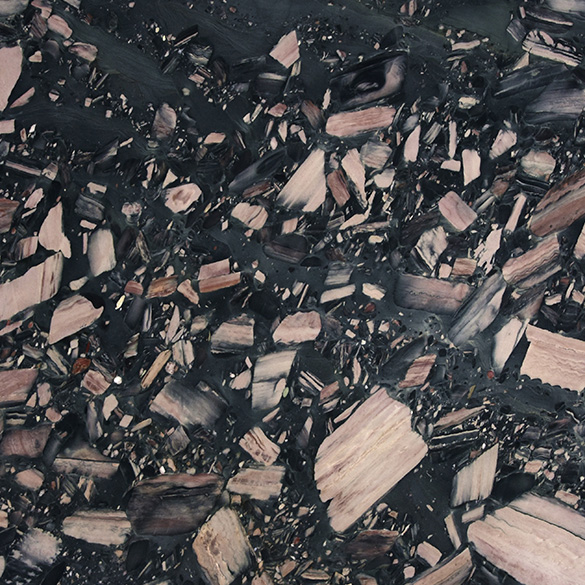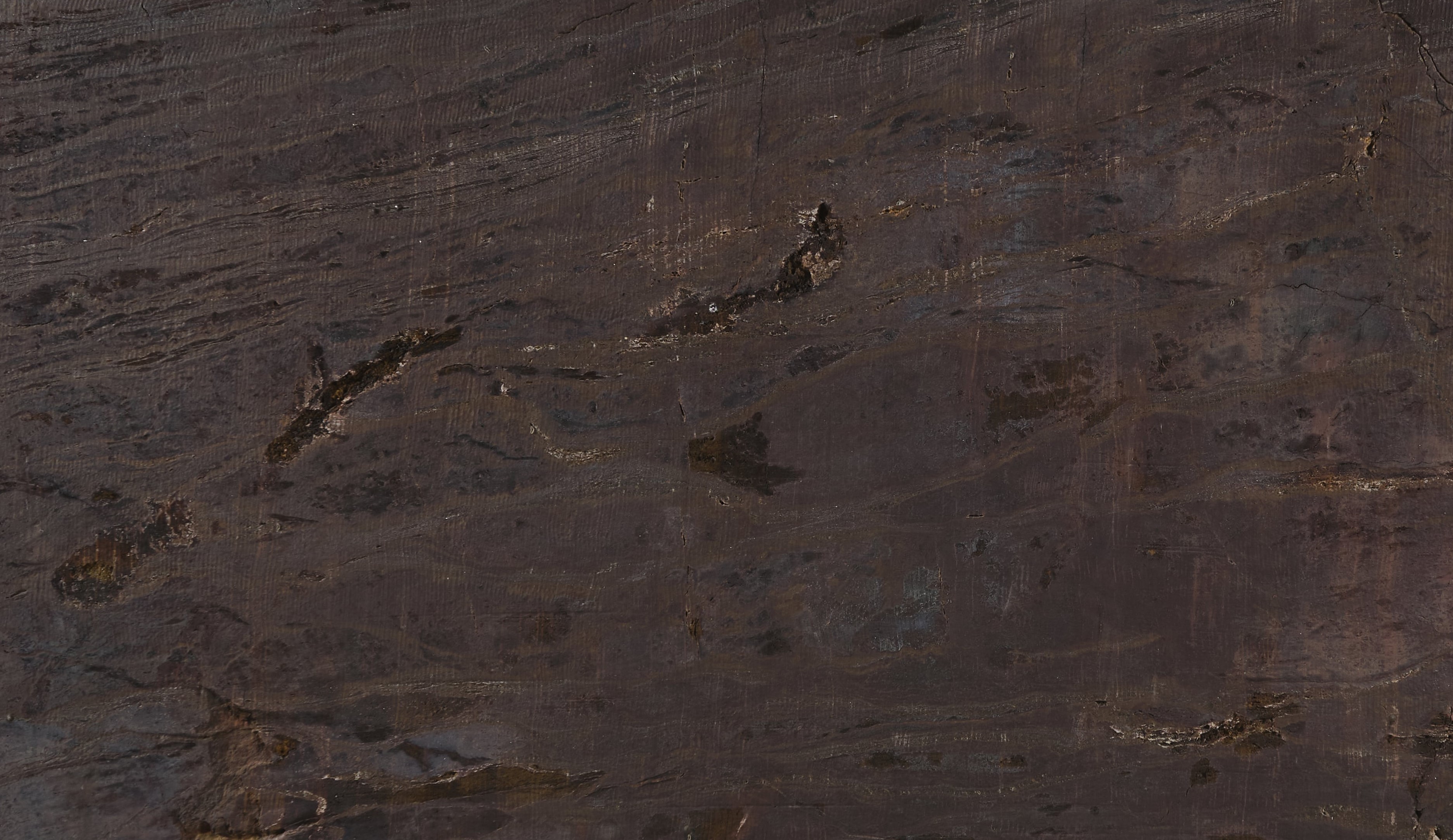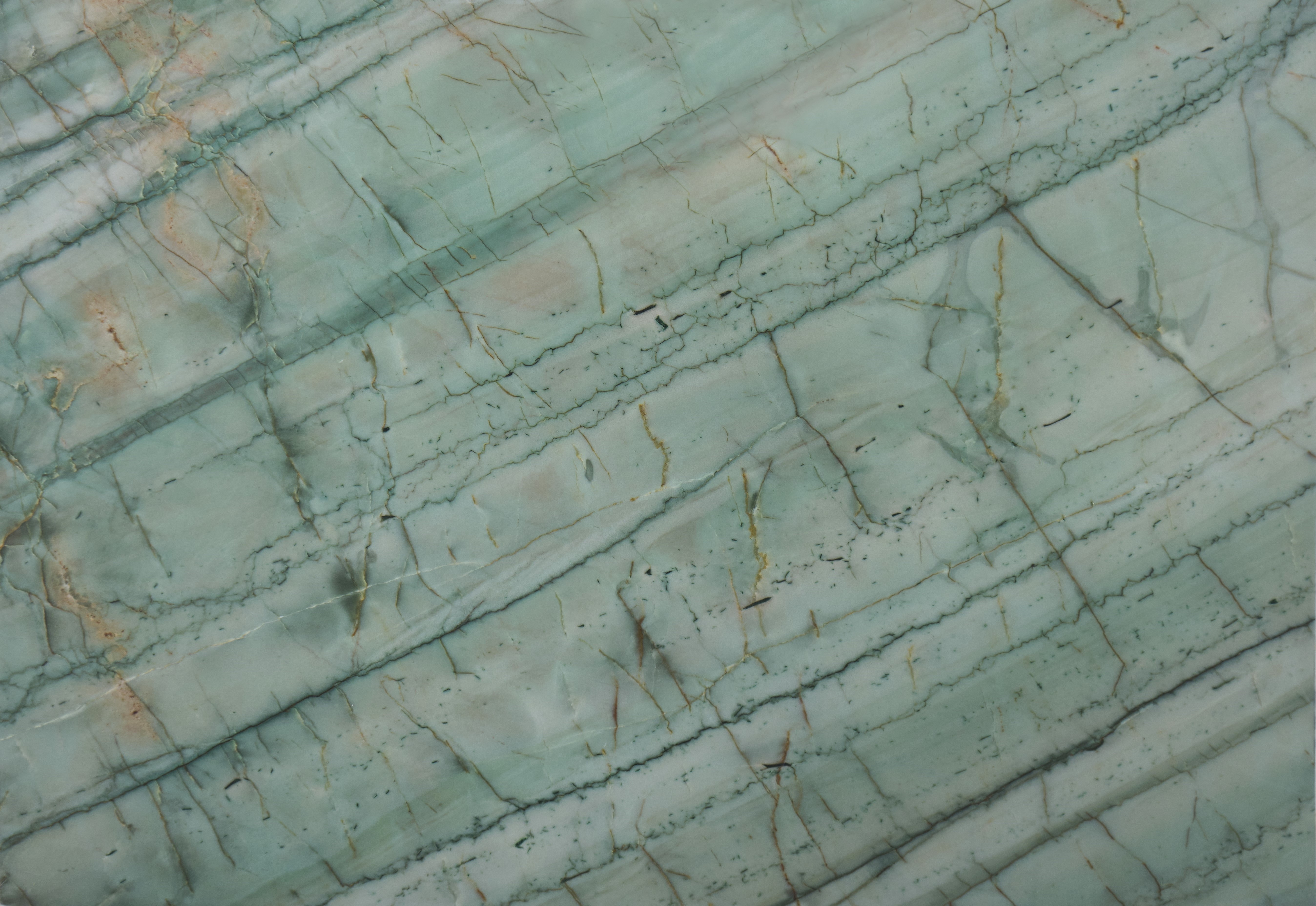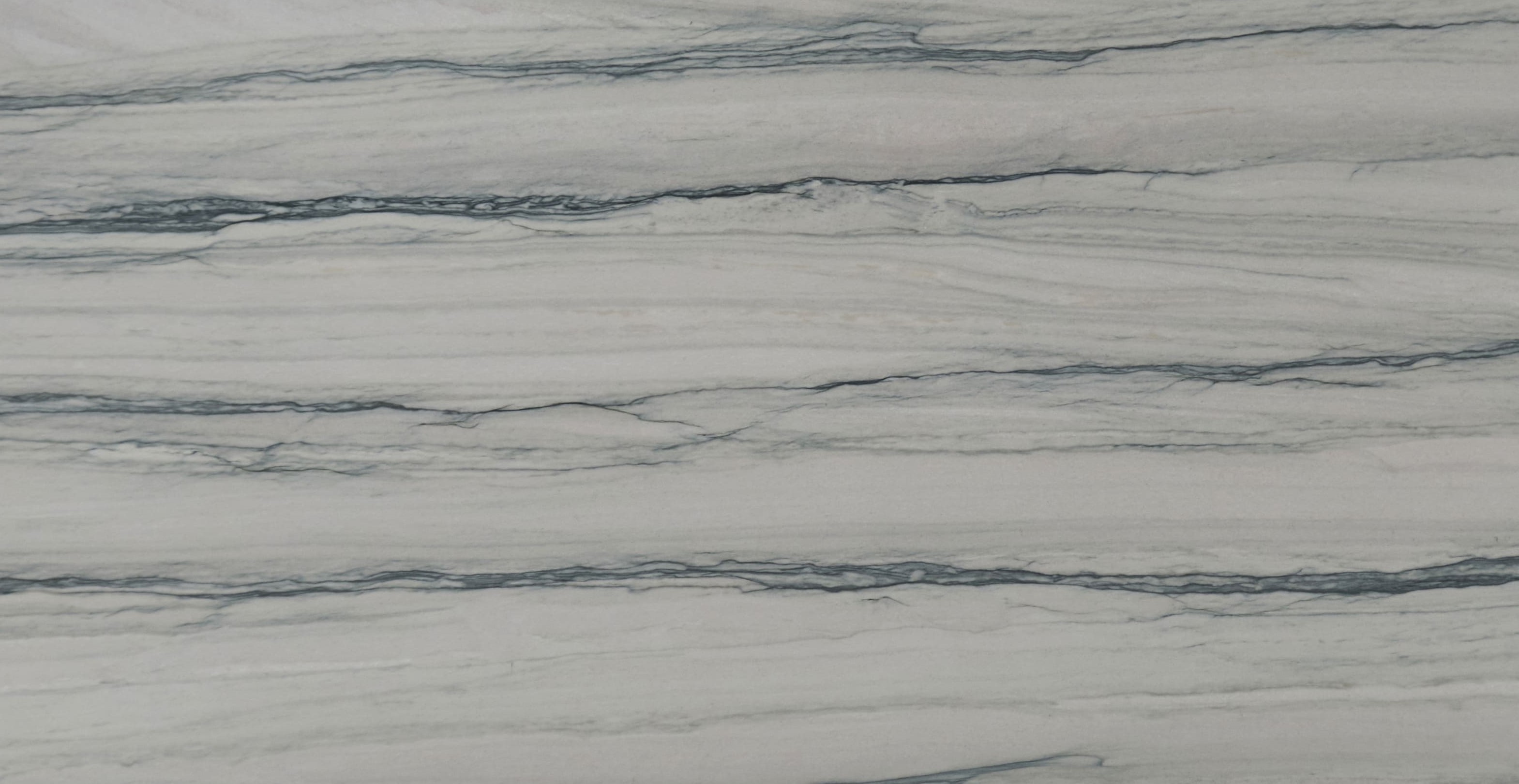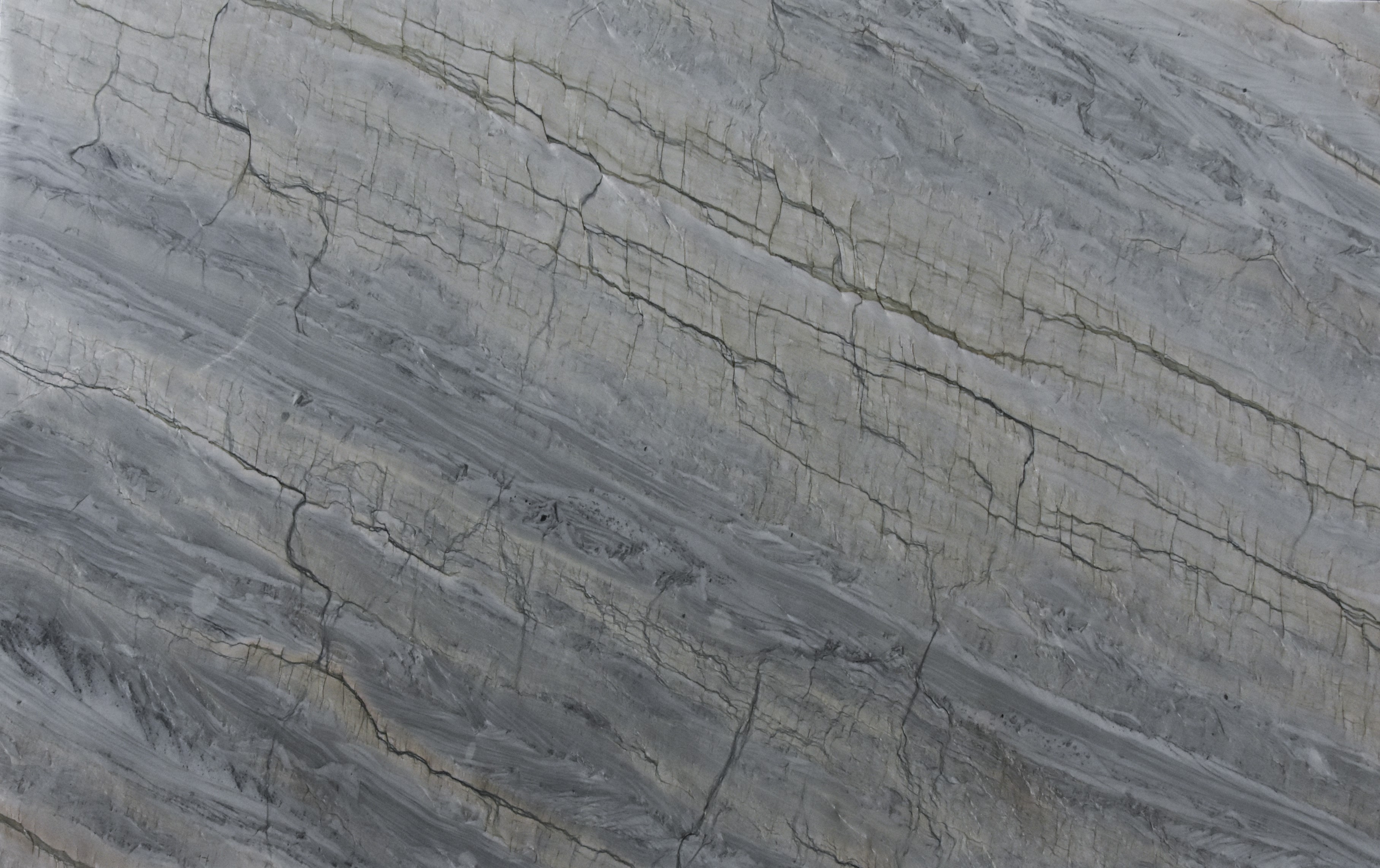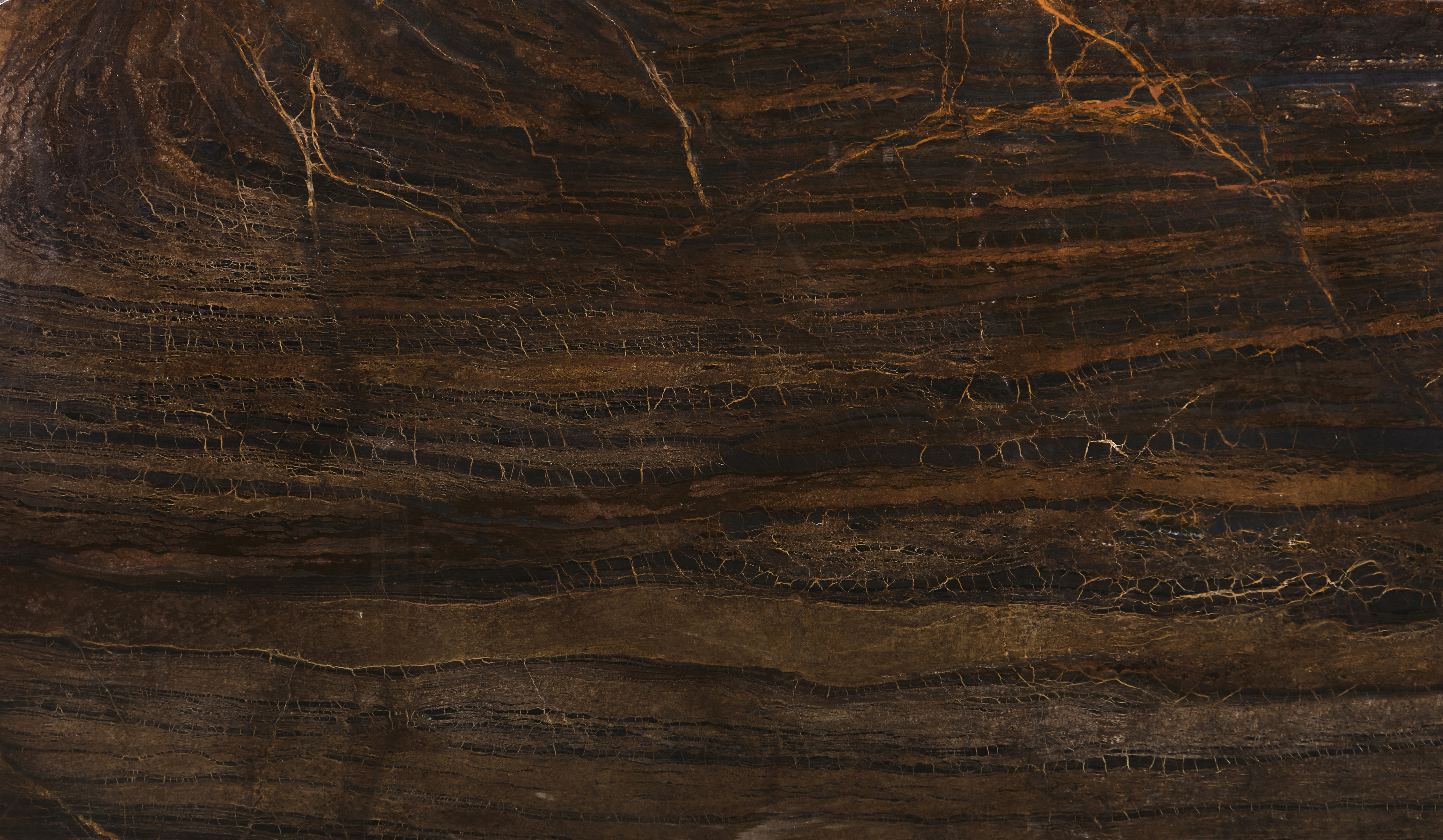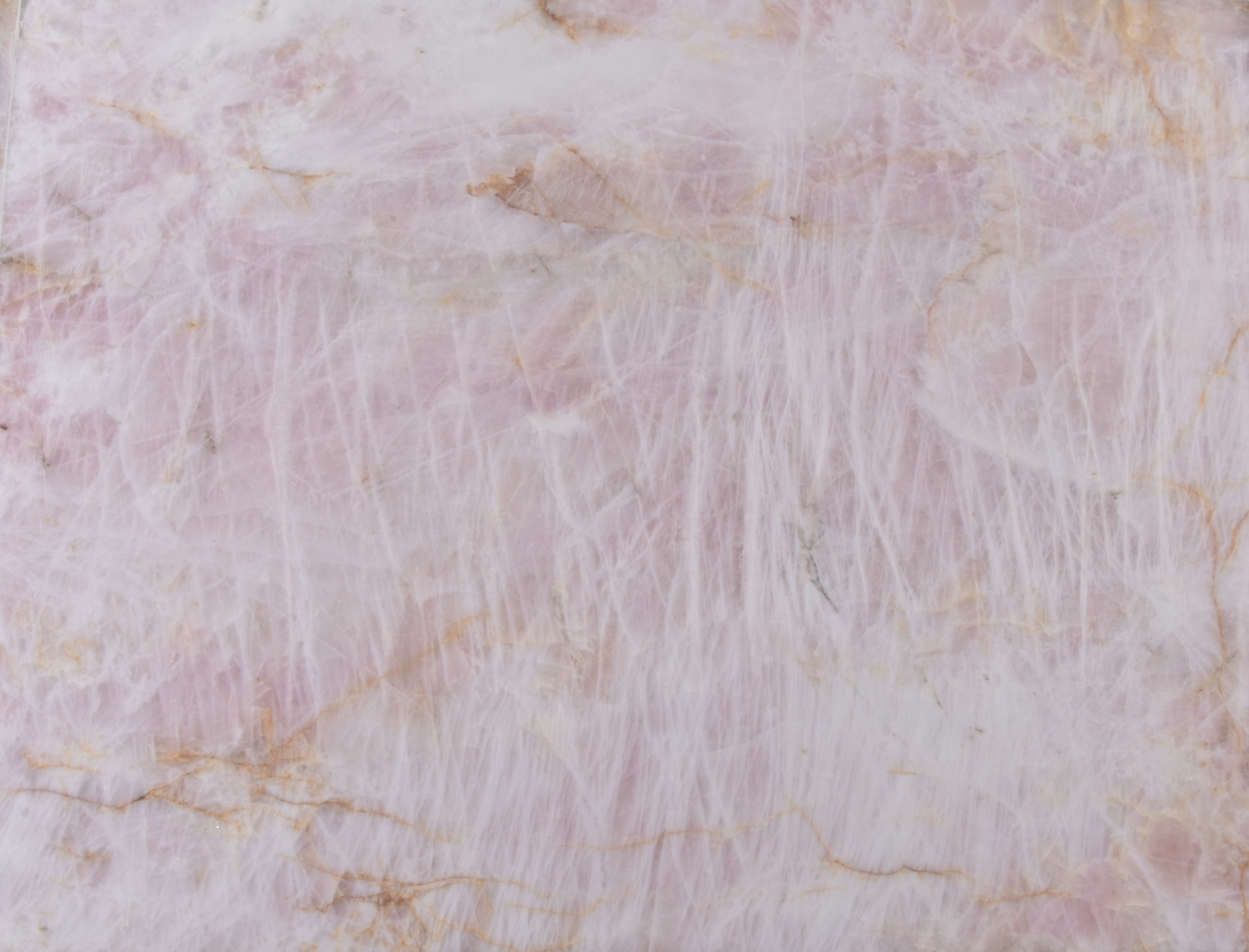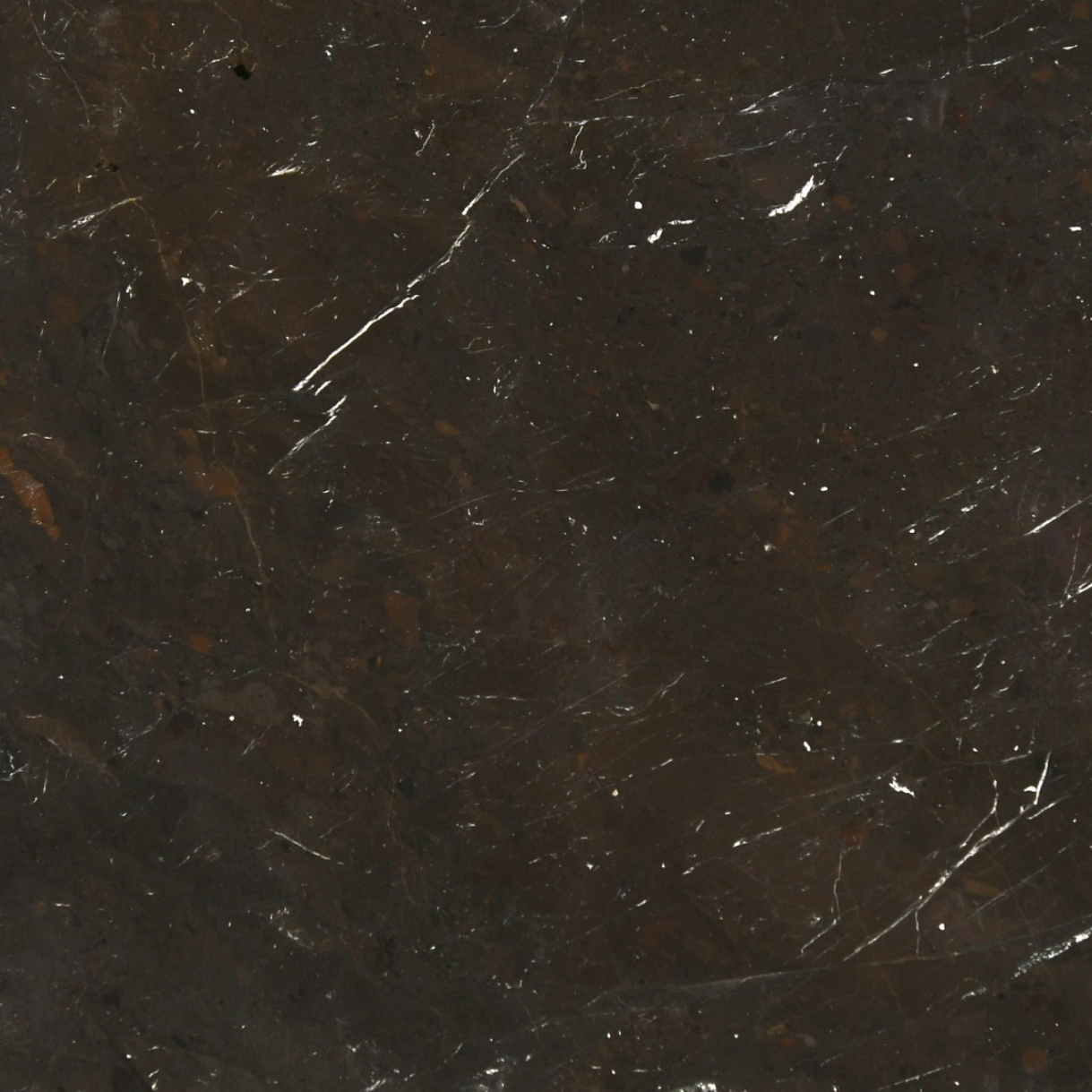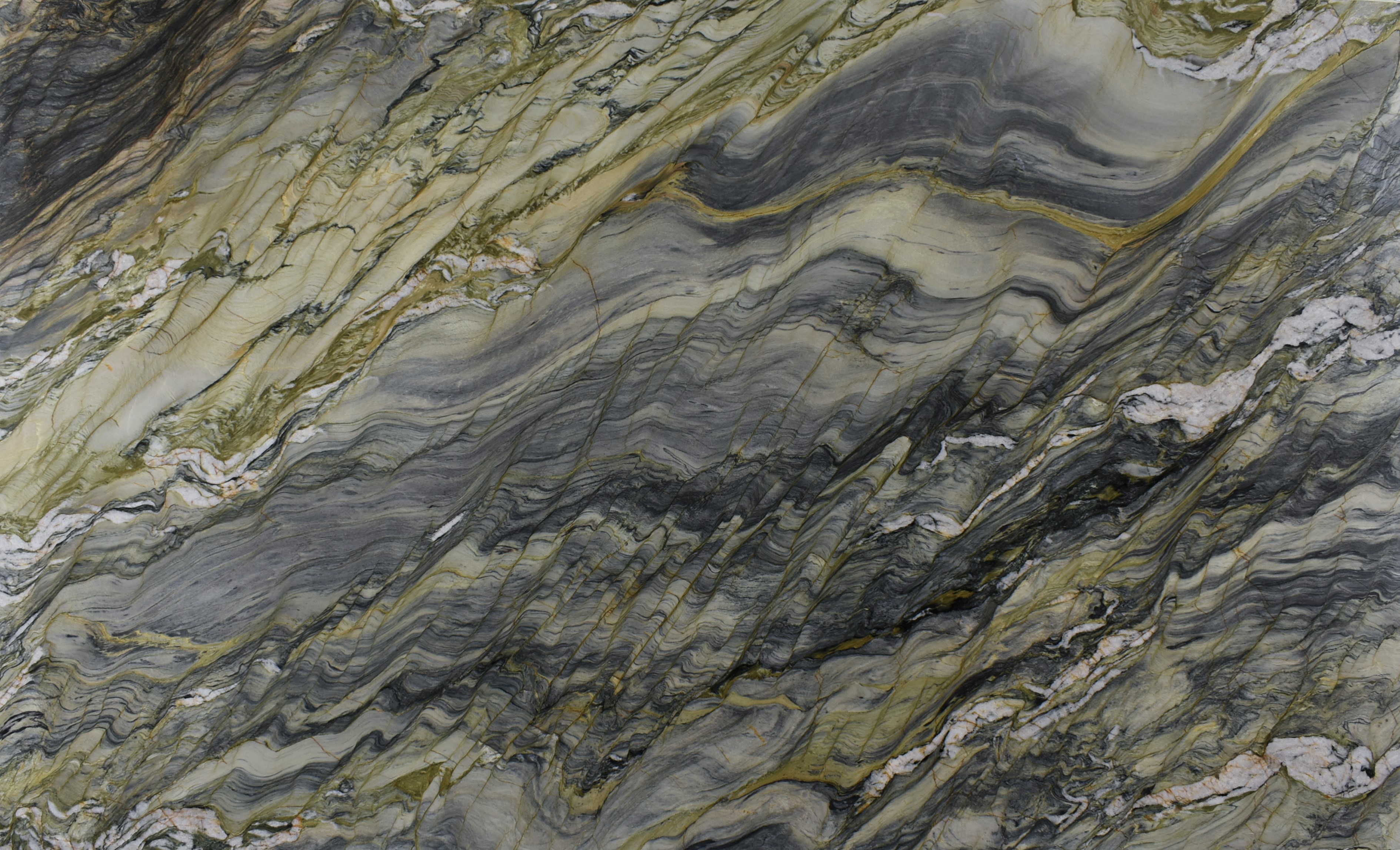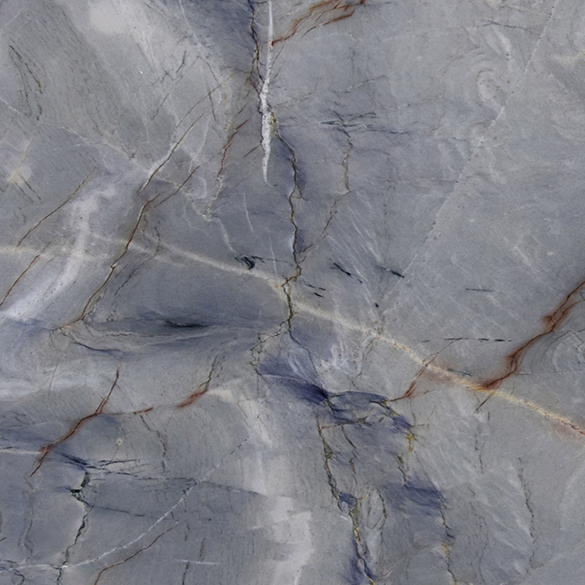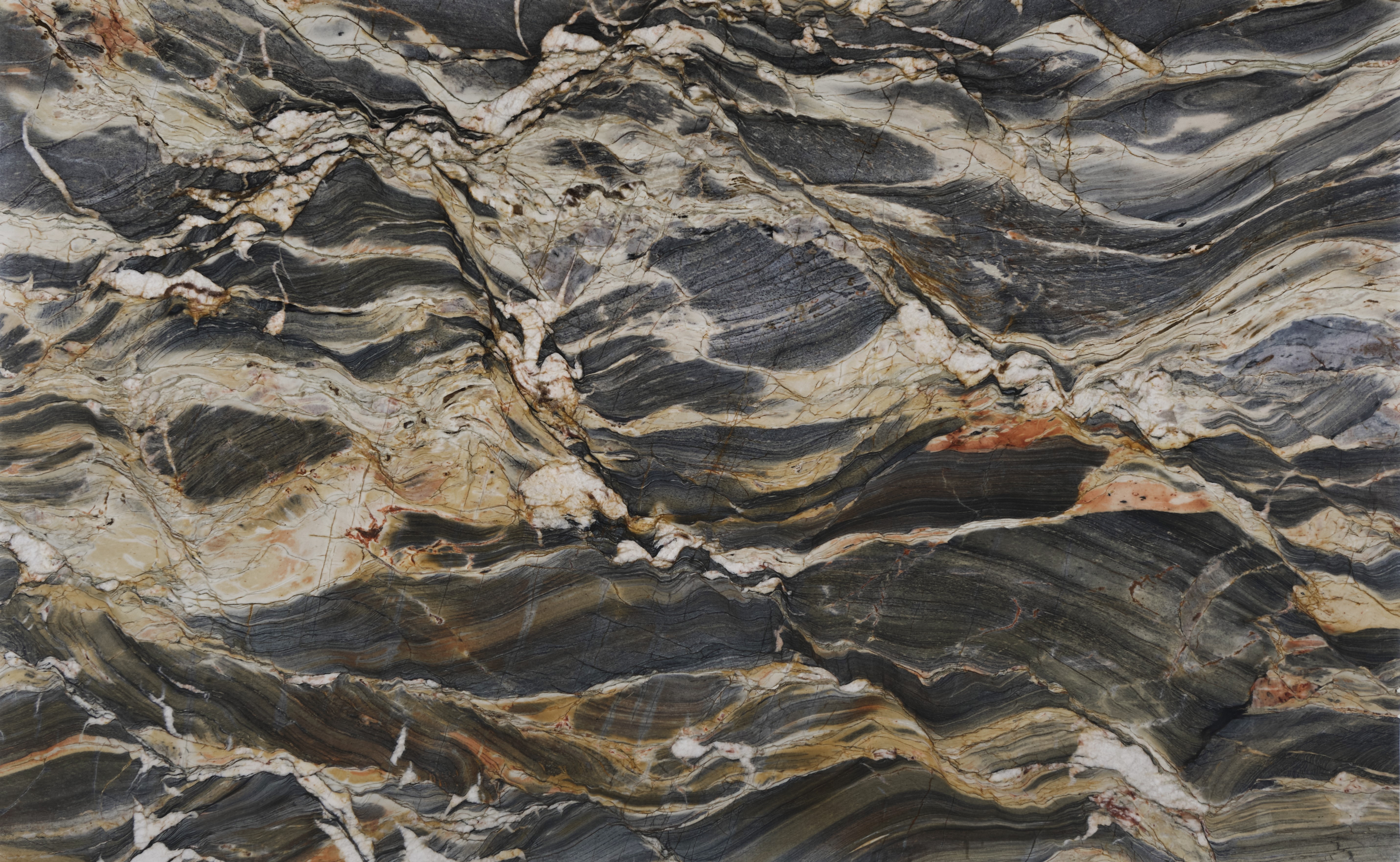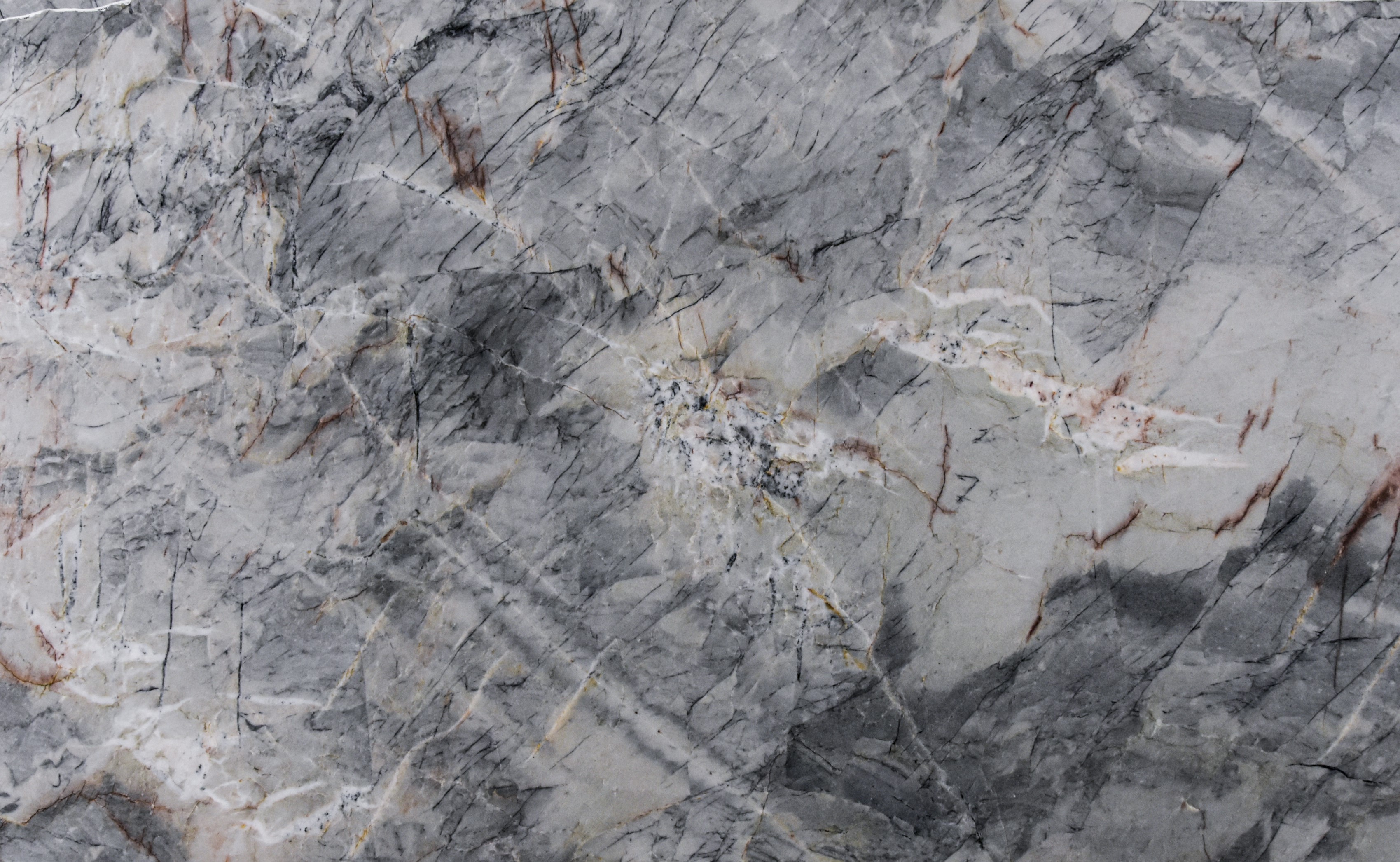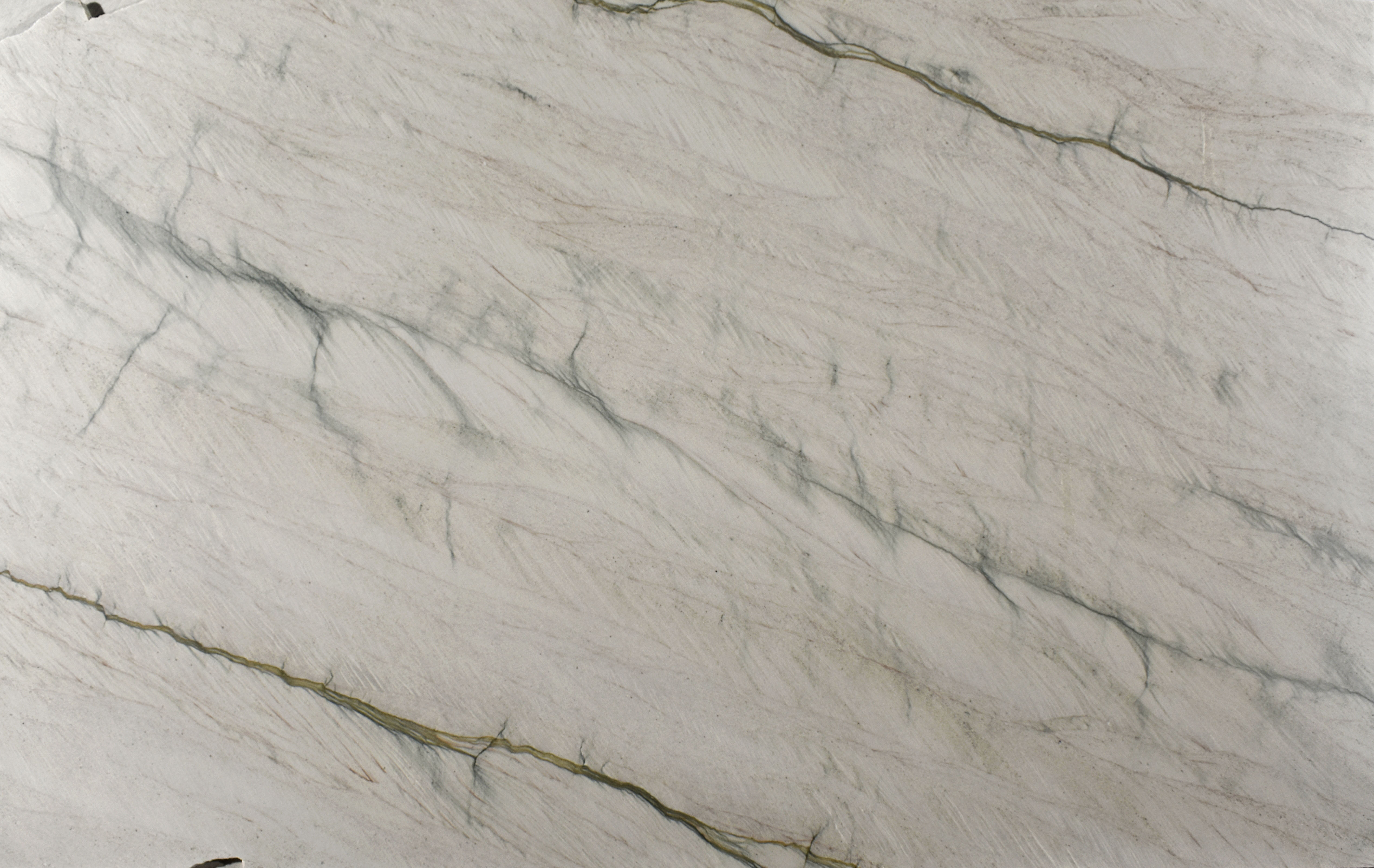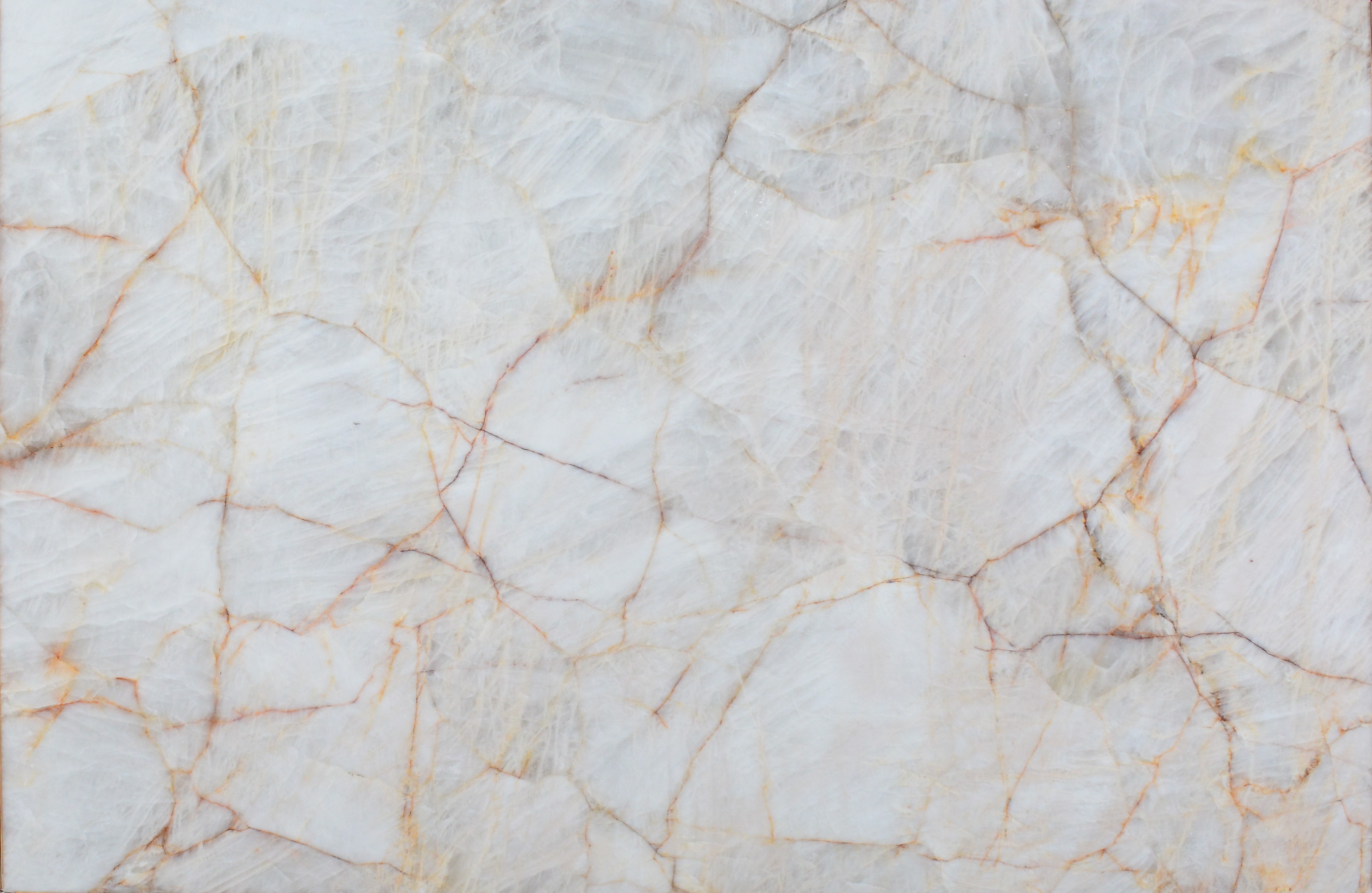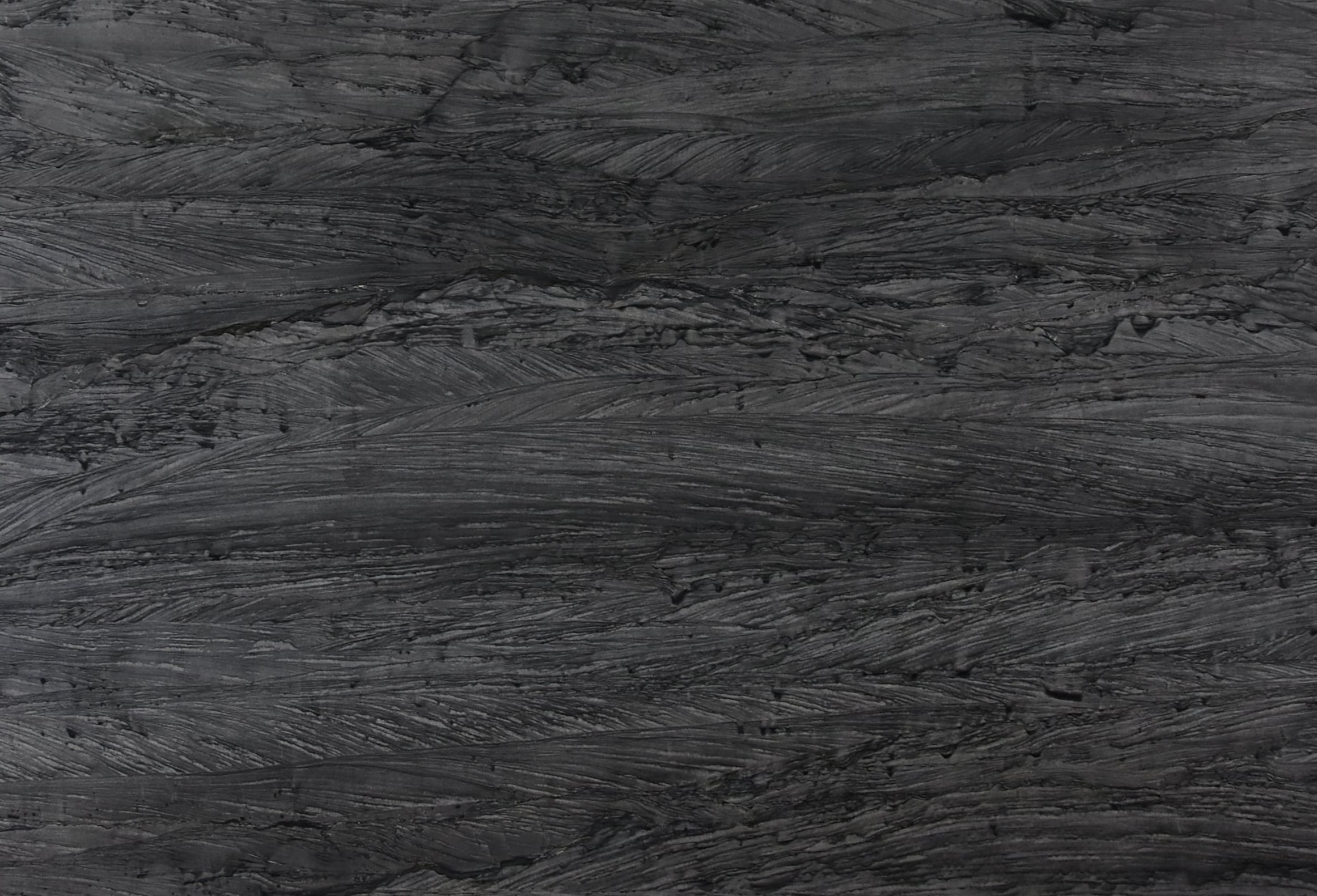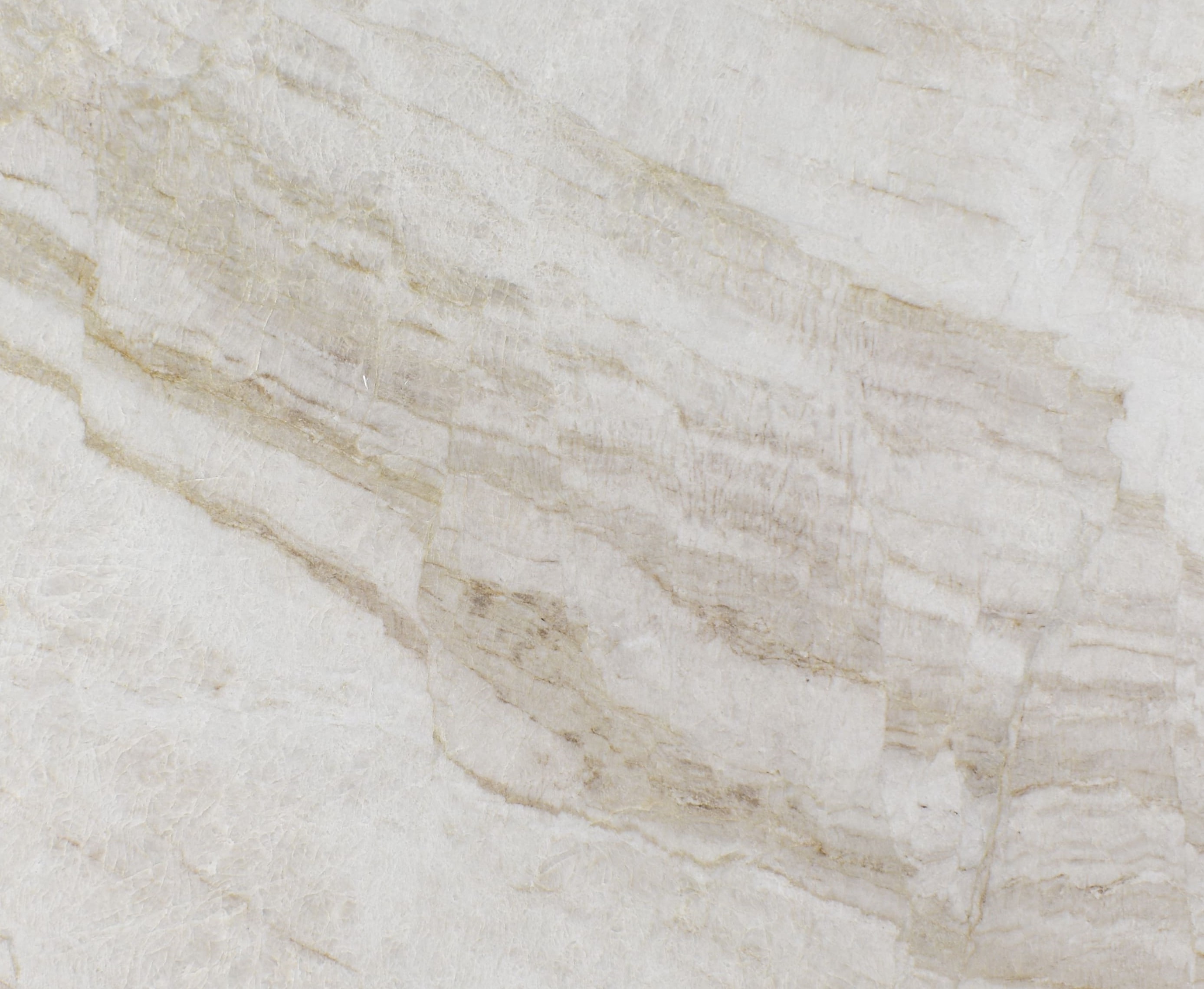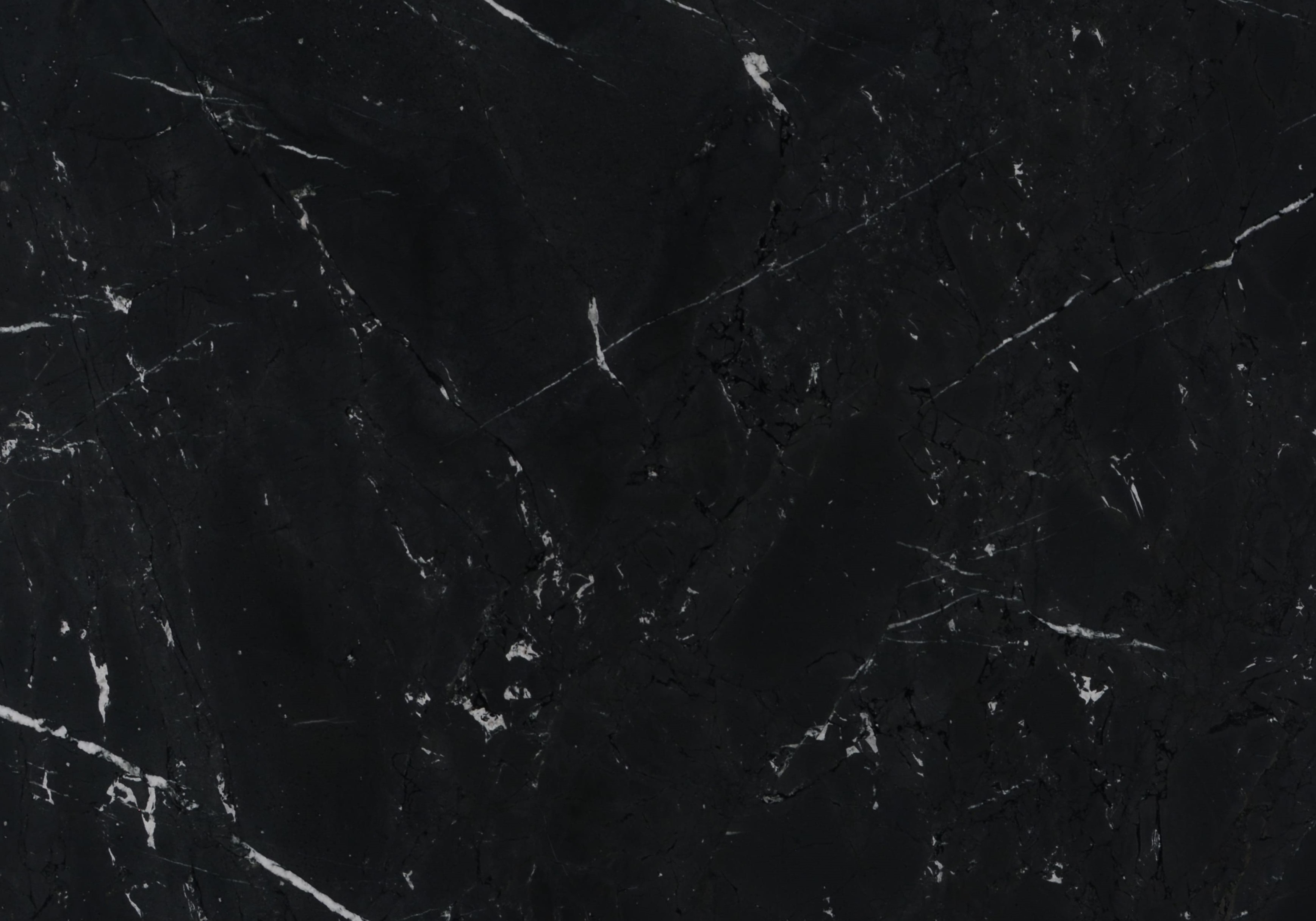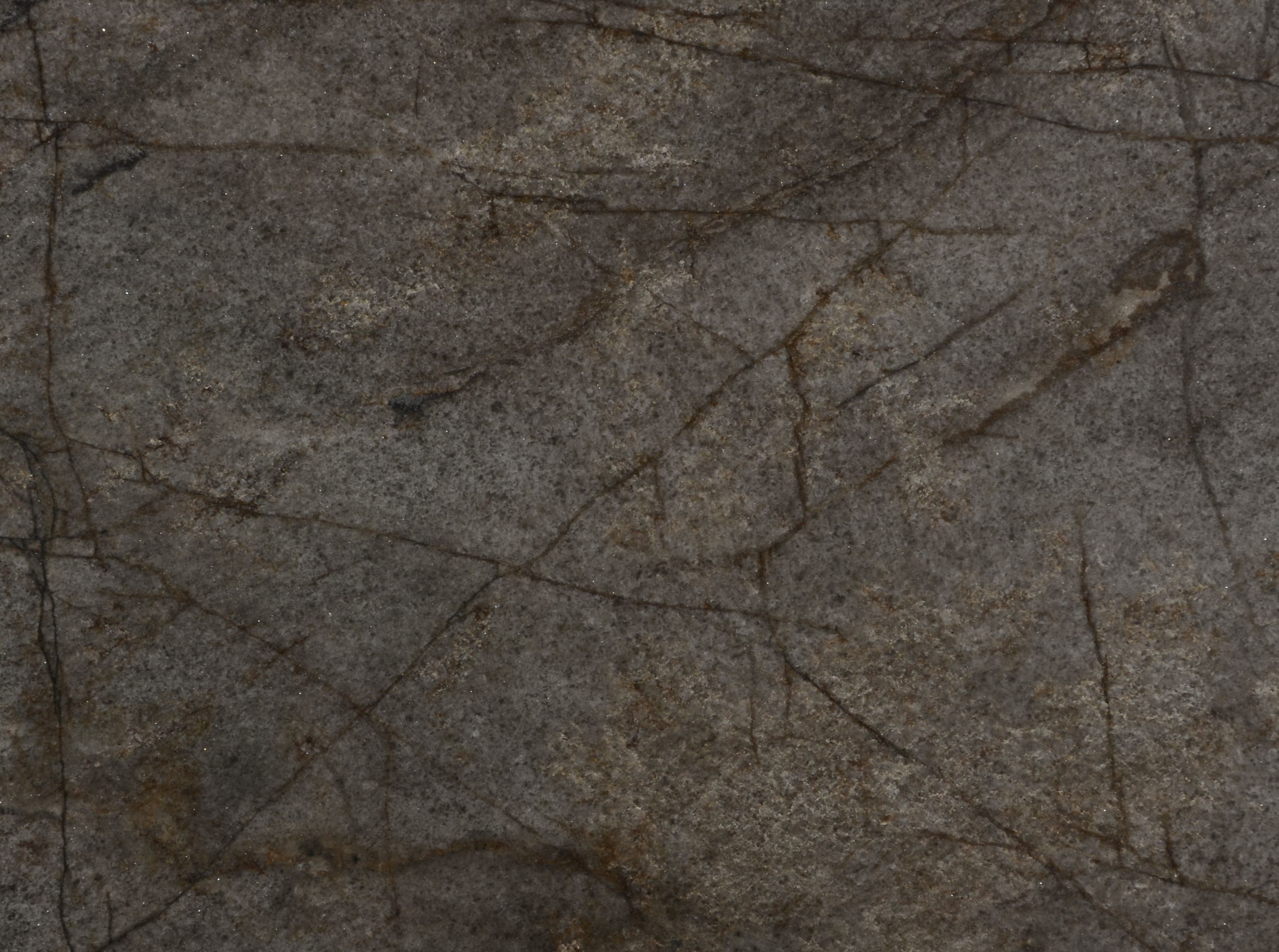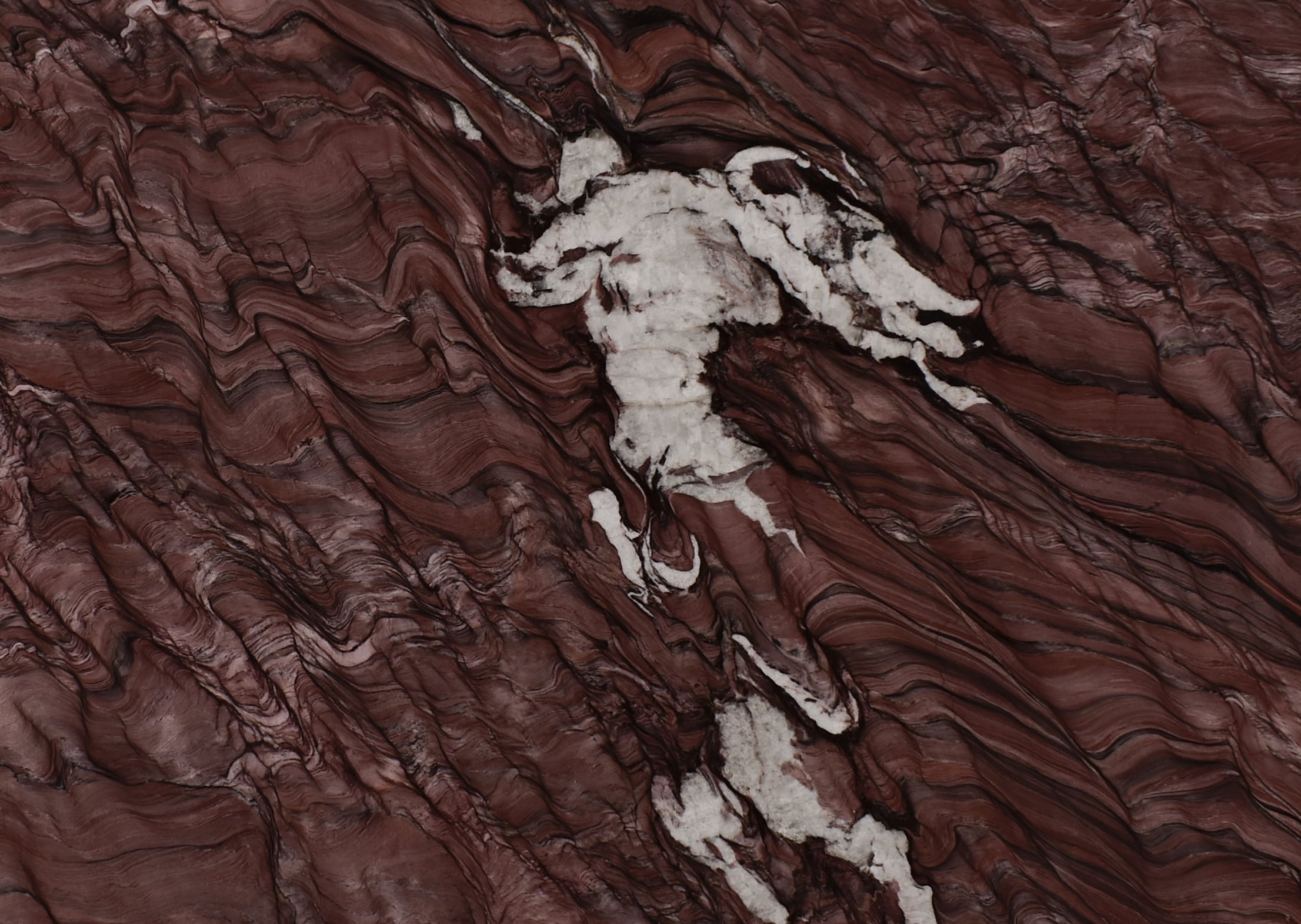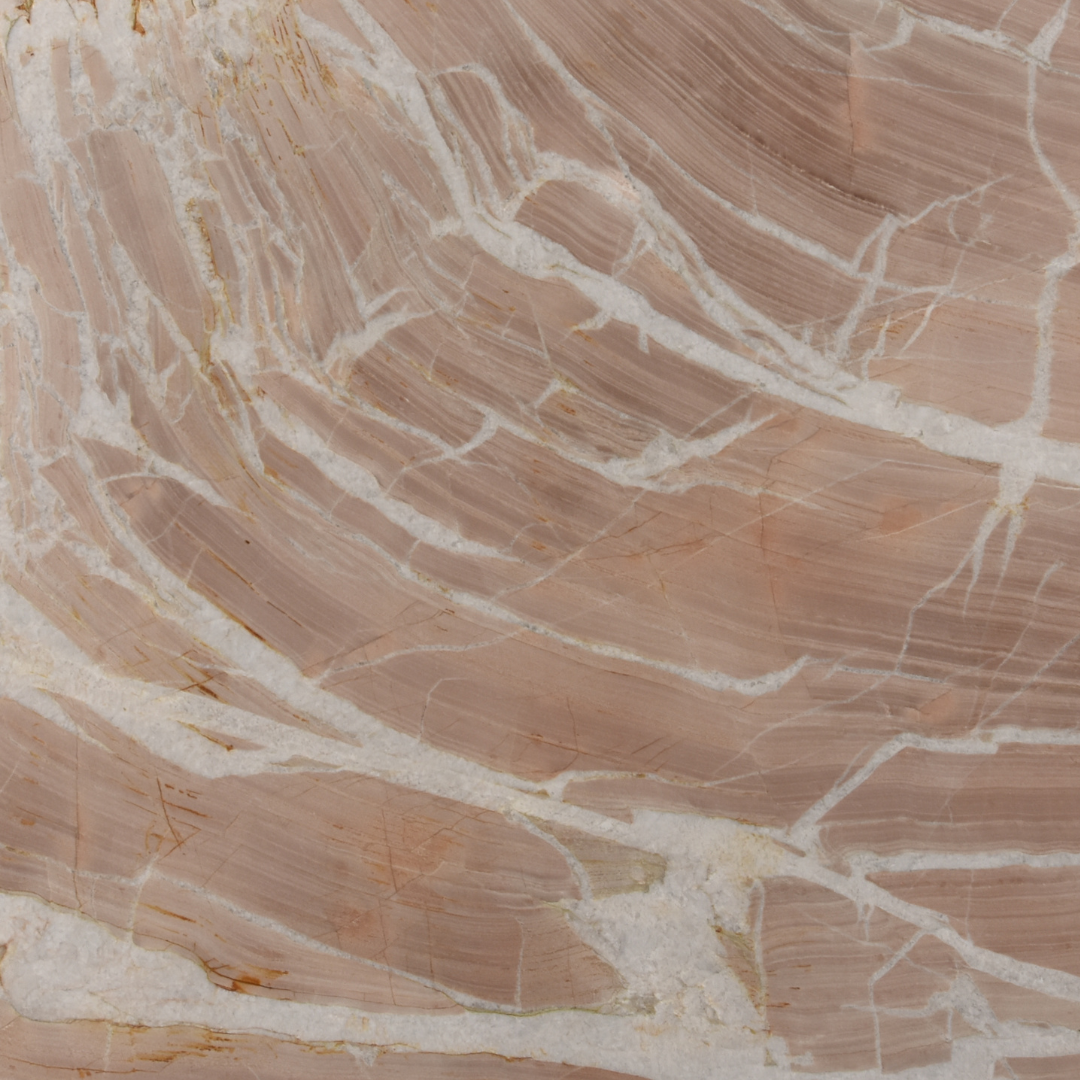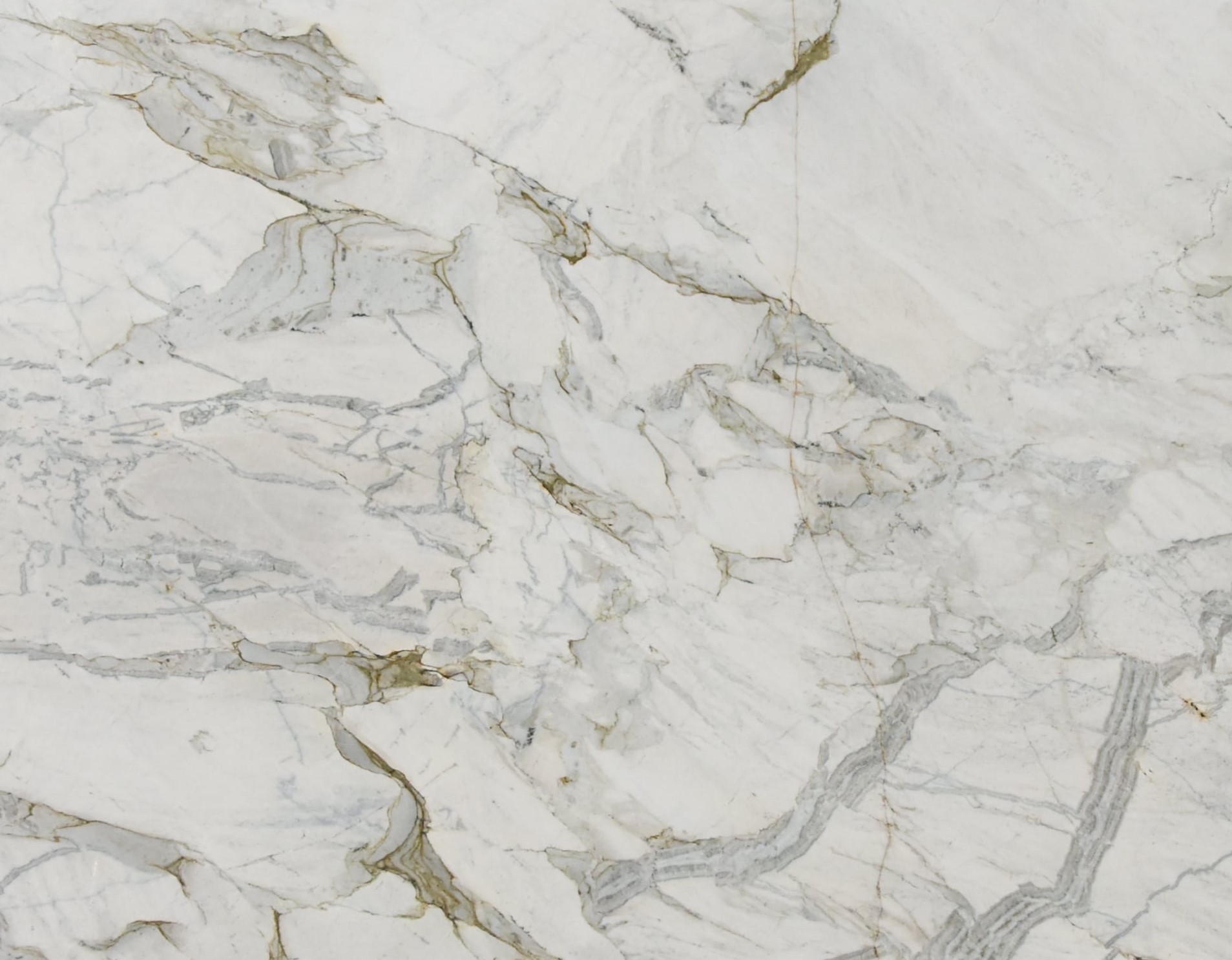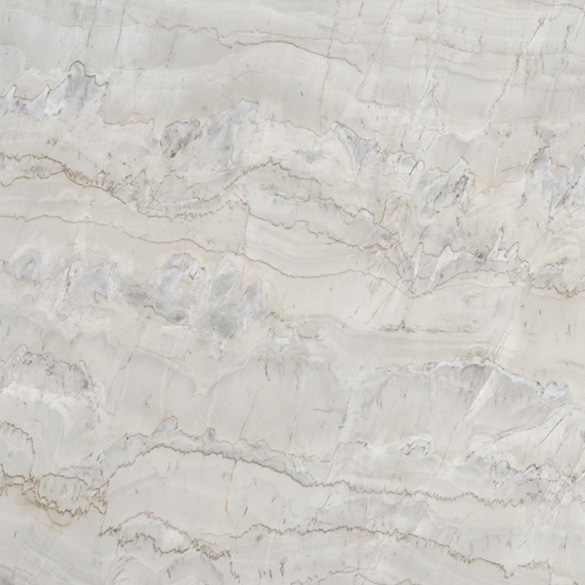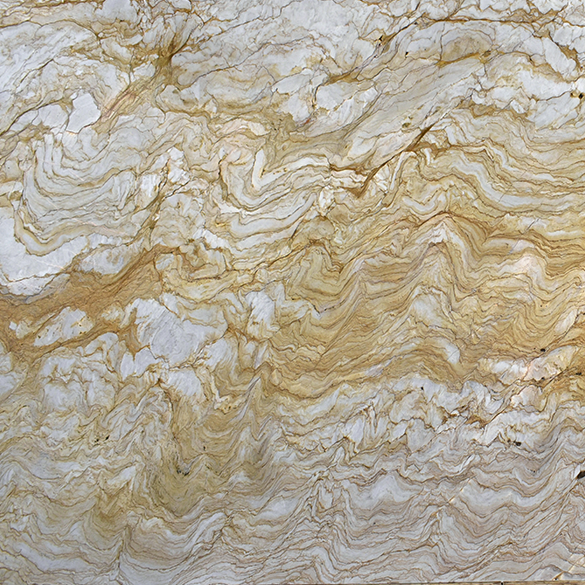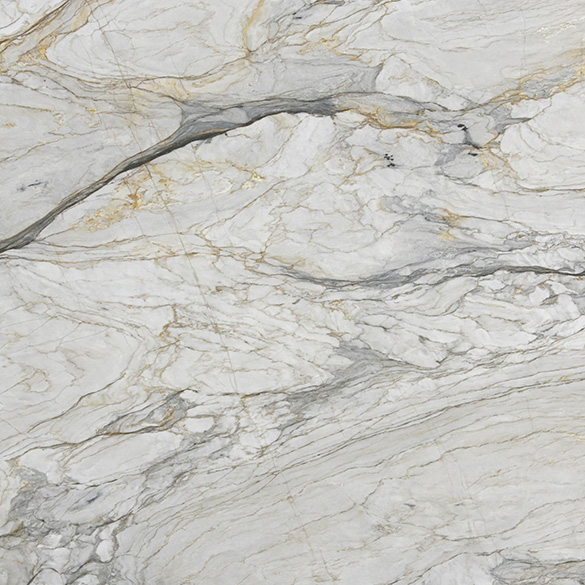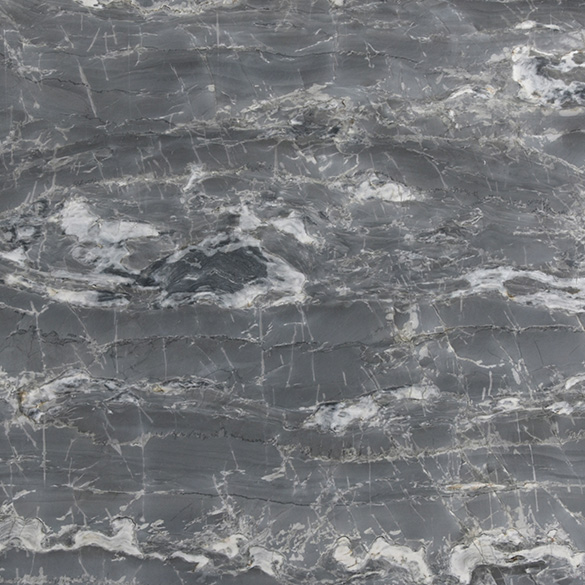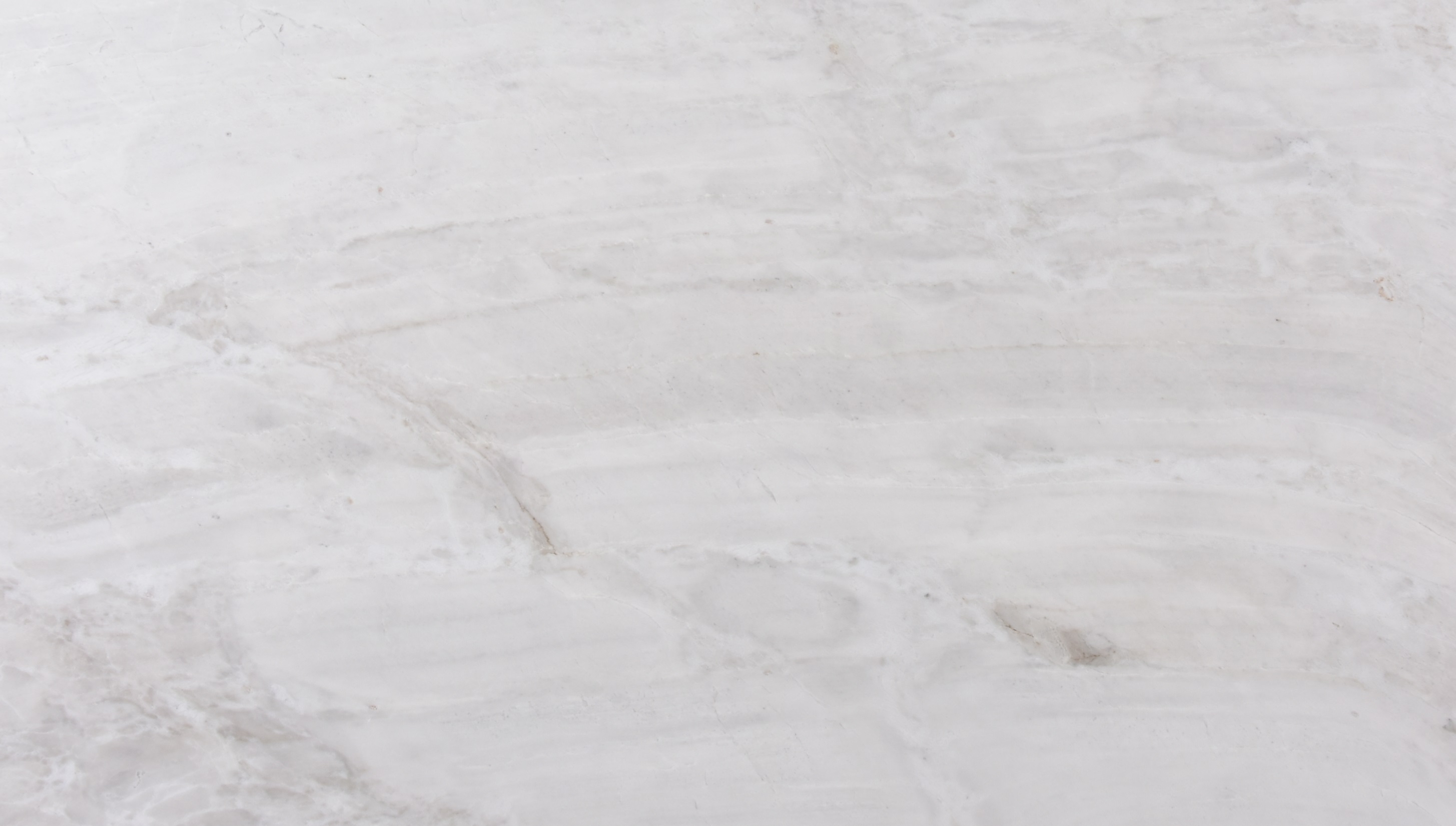
The versatility of quartzite in modern architecture
Contemporary architecture is marked by a fusion of functionality and aesthetics, where the choice of materials plays a crucial role.
Among the various options available, quartzite stands out as one of the most versatile and durable natural rocks, gaining space in projects that require not only beauty, but also resistance and longevity.
In this blog, we will explore what makes quartzite such a valuable choice in modern architecture. We will address its definition and characteristics, its various applications in architectural projects, and how it can be used to create spaces that combine sophistication and practicality.
Happy reading!
What is quartzite?
Quartzite is a metamorphic rock formed from the recrystallization of sandstone, exposed to extremely high pressures and temperatures over millions of years.
The result of this process is an extraordinarily hard and dense stone, composed almost entirely of quartz crystals. This unique composition gives quartzite superior resistance, comparable to materials such as granite, but with an aesthetic that often rivals marble.
Visually, quartzite stands out for its wide range of colors and patterns, which can vary from pure white to gray, including shades of green, pink, blue and even gold. This diversity makes quartzite a highly versatile choice for different design styles, from the most classic to the ultra-modern.
What is quartzite used for?
The versatility of quartzite makes it suitable for a wide range of applications in architectural and design projects.
In indoor areas, it is often used in kitchen countertops, tabletops, floors and wall coverings. Its resistance to heat, scratches and stains makes it ideal for high-use environments, such as kitchens and bathrooms.
In outdoor spaces, quartzite is equally effective, being an excellent choice for facades, floors in leisure areas, staircases and pool edges.
Its resistance to the elements, combined with its natural beauty, ensures that it maintains its aesthetic and structural properties even when exposed to adverse conditions.
The use of stones in modern architecture
In the context of modern architecture, natural stones play a fundamental role, bringing an element of authenticity and connection with nature.
Quartzite, with its combination of durability and refined aesthetics, has become a preferred choice among professionals seeking to integrate the beauty of nature into their projects.
Contemporary architecture values simplicity and purity of forms, and quartzite fits perfectly into this vision. Its naturally elegant appearance, with unique veins and patterns, allows for the creation of continuous and harmonious surfaces that elevate the design of any space.
In addition, quartzite can be combined with other materials, such as wood, glass and metal, to create interesting and dynamic contrasts, which are the hallmark of modern design.
How to use quartzite?
The use of quartzite in architectural projects offers a wide range of creative possibilities.
In kitchens, for example, it can be used on countertops, islands and backsplashes, providing a surface that is not only visually striking but also extremely functional, thanks to its resistance to heat and stains. Light-colored quartzites, such as Naica and Meridian, are particularly popular for creating bright and sophisticated environments.
In the bathroom, quartzite can be used to cover sinks, countertops, shower walls and floors. The combination of beauty and durability makes it the ideal choice for creating a relaxing space that is also practical and easy to maintain. Quartzite in soft, neutral tones, such as Mont Blanc and White Pearl, brings a touch of elegance and serenity, transforming the bathroom into a true personal spa.
For outdoor areas, quartzite offers durable and aesthetically pleasing solutions. Whether used as facade cladding, balcony and patio flooring, or even as staircases and pool edges, it resists temperature variations and exposure to sun and rain, as is the case with Bronzite, in its brushed or rustic finishes.
Other quartzites, such as Ijen Blue or Da Vinci, with their vibrant tones, are impressive choices for projects that seek to highlight the integration of colors and textures without losing the essence of nature.
Advantages of quartzite
Quartzite offers numerous advantages that make it a superior choice compared to other natural stones and synthetic materials. First, its durability is exceptional.
Due to its composition almost entirely of quartz, quartzite is extremely resistant to scratches, stains and heat, making it ideal for high-use surfaces.
In addition, its low porosity means that it does not absorb liquids easily, which makes it easy to maintain and clean, maintaining its beauty for many years.
Check out mont blanc quartzite now
Aesthetically, quartzite offers unparalleled beauty. Each piece of quartzite is unique, with patterns and veins that vary according to the mineral composition and geological conditions in which it was formed. This means that each project that uses quartzite has a unique and personalized character, something that is highly valued in high-end design.
Another benefit of quartzite is its versatility. Available in a wide range of colors and finishes, it can be adapted to any design style, from rustic to ultra-modern.
Its ability to combine with other materials also makes it a flexible choice, allowing the creation of integrated and harmonious spaces.
Where to find quartzite?
If you are looking for the perfect quartzite for your architectural project, Decolores is the ideal choice. With over 20 years of experience in the market, we offer a wide selection of high-quality quartzites, benefited by the most advanced technology in our industrial park.
Our diamond looms, automated resin lines and 20-head polishers ensure that every quartzite slab that leaves our facilities is a work of art, ready to transform your project into a unique expression of elegance and durability.
At Decolores, we are committed to excellence at every stage of the process, from extraction to final finishing, ensuring that you receive a product that not only meets, but exceeds your expectations.
Explore our collection of quartzites and discover how we can help you integrate the natural beauty and strength of quartzite into your next project.
Related contents

Quartzite: why choose this type of stone?
Having fluid and organic shapes, as well as a myriad of color options and resistance, this stone has become a favorite among interior designers. This living room has received an elegant and cozy essence with the use of Decolores Perla Grey quartzite. For this reason, interior design has increasingly focused on biophilia as a key point for trends germinating for the future of interior design. Thus, natural materials are essential to the idea that human beings in all their plurality have the innate propensity to seek connections with nature. On the other hand, when it is time to build or renovate, issues such as functionality, comfort, cost-effectiveness and the such make a huge difference in the final decision of any design. That’s why natural stone has become a favorite in the segment, as they are highly resistant and versatile, as is the case of quartzite. Having an organic lightness that overflows from their shapes, this kind of stone is considered a gem that has been polished over thousands of years, most of them by the rich geography of Bahia. However, it ends up been mistaken with other species, especially marble, despite having distinct and unique characteristics that tell them apart. Aesthetically, marble is what comes closer to quartzite mainly because both have surfaces marked by veins. However, quartzite presents a milkier appearance (not sure if this is the best term) and more delicate veins, as well as more resistance and durability. Decolores, a company that in little over 20 years has stood out in the stone trade sector for being a benchmark for quartzite processing, presents bellow the main advantages that make the stone the best choice for your design. Check it out! RESISTANCE AND DURABILITY According to studies, quartzite is the most resistant and durable natural stone used for cladding. It loses only to stones such as topaz, ruby, sapphire and diamonds; it is a seven in the Mohs scale of hardness. For this reason, it adapts so well to high temperatures being very recommended for sink countertops and even to clad the outside of barbecue grills. COLOR PALETTE Having an exuberant beauty and a diverse and vibrant color palette, quartzite is suitable for different interior design proposals. CLEANING One of the most frequently asked questions is how to clean natural stones, generally used in kitchen countertops or tables. Quartzite also stands out in this aspect, as it does not absorb liquids and only needs soap and water to be cleaned, making the task easier. WATERPROOF As it receives a water-repellent treatment during processing, quartzite is basically waterproof, thus making it much more resistant to stains and the like. This makes it the perfect material for spaces such as bathrooms, laundries and other wet areas. ABOUT DECOLORES In a little over 20 years Decolores grew as a business that carries innovation, technology, care and contemporaneity in its DNA, being responsible for bringing a more poetic and plural look to the power of natural stones in architecture and interior design. The company, among other things, became known in the business for being a reference point in quartzite processing, a more resistant stone which ended up bringing innovation to the sector thanks to its large diversity of colors and patterns. Due to its modern and cutting edge processing the company is considered a pioneer in quartzite processing both in Brazil and in the world. Its industrial park is located in a 74 thousand sqm area in the city of Cachoeiro de Itapemirim, in Espírito Santo and has a branch in the municipality of Serra in the same state. The company is considered one of the largest natural stone processing zones in the country. Decolores www.decolores.com.br @decoloresoficial PRESS CONTACT Denise Delalamo Comunicação Customer Service: Ana Sant’Anna Contact: (11) 98536-7627 E-mail: [email protected] Customer Service: Gabriela Bardusco E-mail: [email protected]
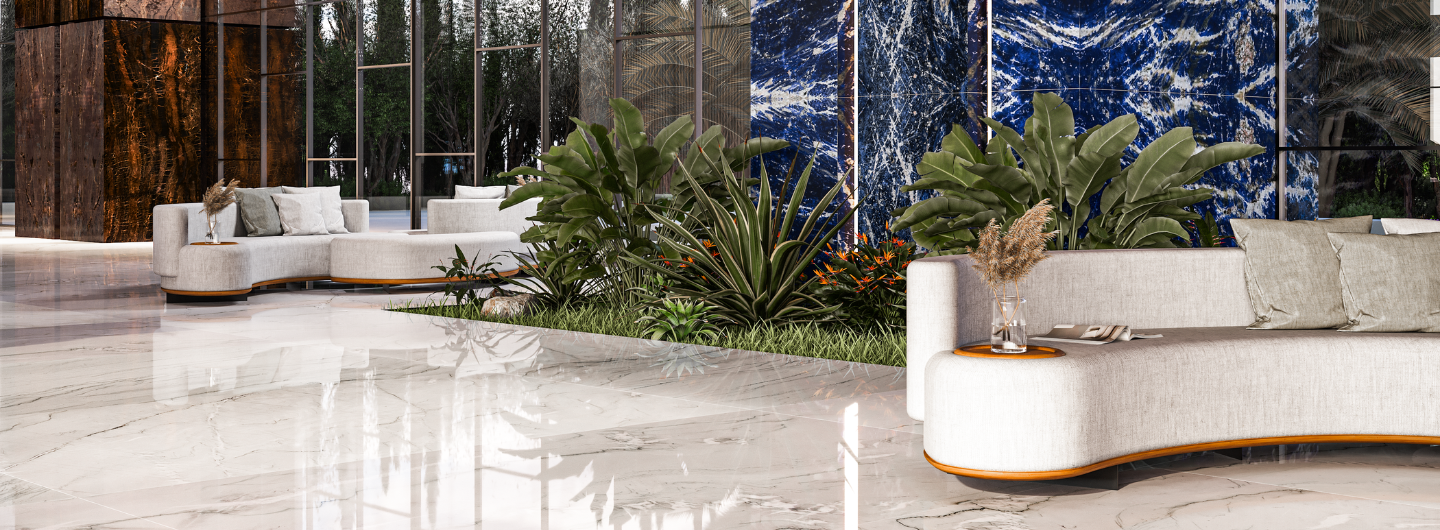
Colors of Brazil: Check out Decolores' releases and interior design news
Learn more about our latest initiatives, get to know the brand, and see the trends for the segment. Here at Decolores, 2024 is already full of great news and plenty of inspiration in interior design trends. We remain committed to our mission of offering beautiful, exclusive, and high-quality natural stones, and we have launched new options early in the year. Below, you will learn more about our brand, the latest releases, and the main innovations in the segment. Stay tuned! Discover more about Decolores Are you familiar with our history? We have over two decades of existence, founded on August 17, 2000. Since then, we have been specialists in the production and commercialization of ornamental natural stones, working with total transparency, environmental and social responsibility, and maintaining good relationships with our customers. We aim to meet the latest market trends and demands, constantly expanding our catalog, always offering the same quality and exclusivity in all products. One of our differentials is technology and innovation, which make us the most reliable option in the segment. Our industrial park is equipped with the latest equipment for cutting and finishing stones. All of this helps us fulfill our mission of providing ornamental stones with total quality and excellence at every stage, from extraction to customer service. Colors of Brazil: Discover the latest additions to our collection This year, we introduced two new additions to the special Colors of Brazil collection, which celebrates the best of the rocks found here in Brazil and bring the unique essence and irreverence that Brazil exudes. Check them out: Bronzite A quartzite that originates from geological processes over 2 billion years ago, composed of numerous layers of iron minerals and quartz. This generates its characteristic reddish tone, vibrant, with an unmistakable brightness. It has very high resistance, making it an option for various types of projects, including floors, walls, interiors, countertops, and much more. In any use, it adds elegance and personality to the space. Sodalite An extremely rare and noble formation formed 700 million years ago from the cooling of magma that emerged from the Earth's interior. Its vibrant blue tone, with white veins and gray-greenish streaks, makes this rock a true spectacle. The intense color creates a unique and bold atmosphere in environments, creating incredible combinations both as the protagonist and as a supporting element in projects. Mont Blanc Found in the Chapada Diamantina, in the heart of Bahia, it is the result of the action of winds and waters, shaping the dunes and carrying sand into the lakes, which, over the years, were gradually buried. Its authentic forms, in light tones reminiscent of marble, combine lightness and sophistication. Da Vinci The history of this rock began over 3 billion years ago, with the formation of a basin that received and accumulated river sediments. Over millennia, the present minerals oxidized, generating elements such as fuchsite, which contributes to Da Vinci's rare aspect. Its green tones carry a unique beauty, adding personality and elegance to environments. Natural stones are a trend this year They appear as some of the main bets in this period, being used in innovative ways, beyond the classic applications in floors and walls. Quartzite, granite and marble are the favorites, for their resistance and durability, combined with impeccable aesthetics. The connection and reminiscence of nature are some of the most valued aspects currently, and undoubtedly, these jewels fit into this trend with great sophistication and lightness. Moreover, maximalist design is also on the rise. Natural stones are great for this style, adding refinement and luxury.
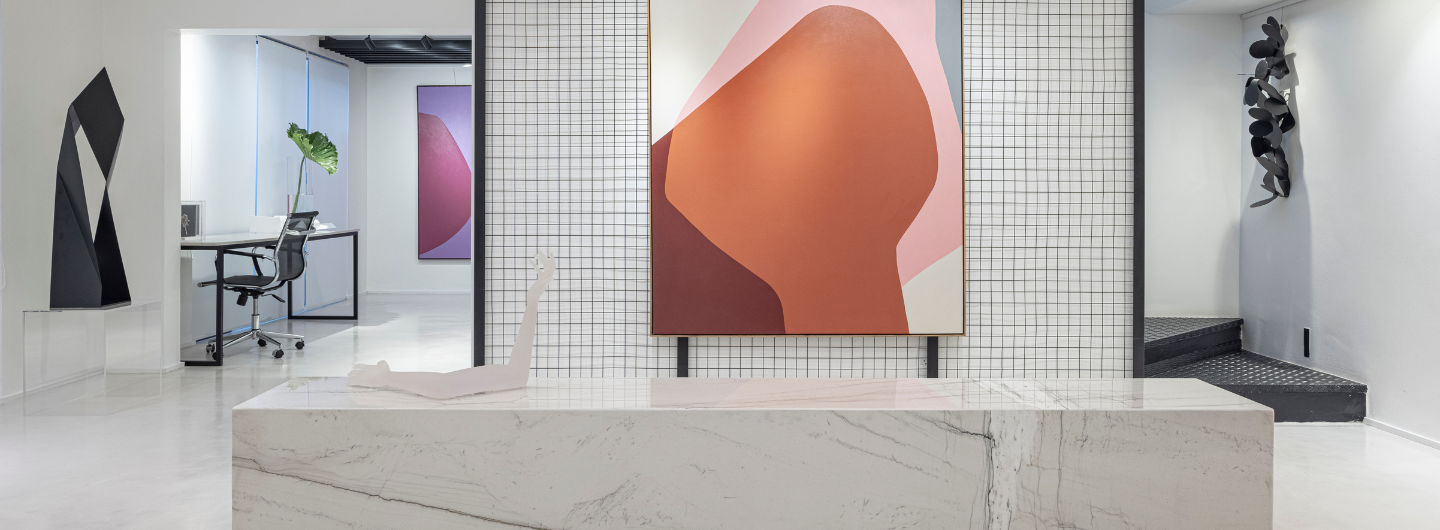
Can natural stone be a sustainable alternative for interior design?
As a durable, timeless and reusable element, stone can become a more environmentally friendly part of architectural design. Did you know that due to their geological characteristics, natural stone can, among other things, be used in the construction industry itself, for decorating rooms, decorative pieces, mosaics and even for making jewelry? Thanks to their composition, rocks can also be used in the cosmetics, ceramics and fertilizer industries. With their long lifespan, natural stones have long proven to be a much more sustainable and viable option in the midst of a synthetic market. It's almost impossible to delve into the history of its formation in nature and not see that it deserves to continue to be surrounded by respect, care and responsibility. In interior design, specifically, its use is directly linked to the desire to connect in a more expansive way with the sensations of well-being that only what is natural can provide. Not to mention, of course, that it is an extremely durable, weather-resistant and easy-to-maintain material. Decolores, a company born in Espírito Santo that has become a benchmark in quartzite processing in Brazil and around the world, sees the intrinsic sustainability of stone as one of the pillars underpinning its institutional values. In this sense, one of the company's strong allies is innovation, where, with a commitment to generating well-being and prosperity for sustainable development and a fairer world, the company always researches and chooses solutions that allow the life cycle of the stone to be as long as possible, without wasting various resources. In addition to making the most of the potential lifespan of its products, Decolores has a Research and Development (R&D) department whose mission is to study the composition of stones, test, evaluate and provide this information internally and externally, in order to improve processes, disseminate knowledge and provide appropriate guidance on use, installation and maintenance.
